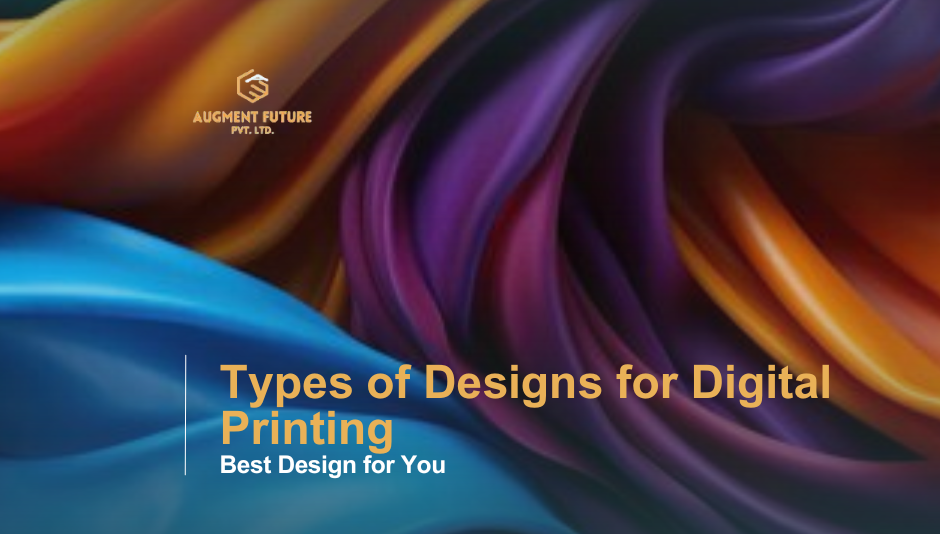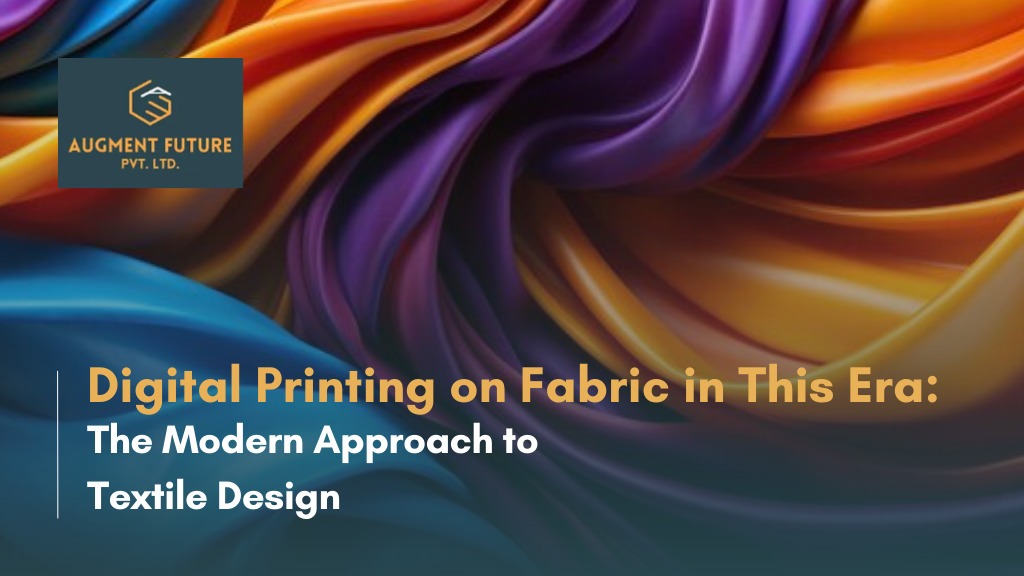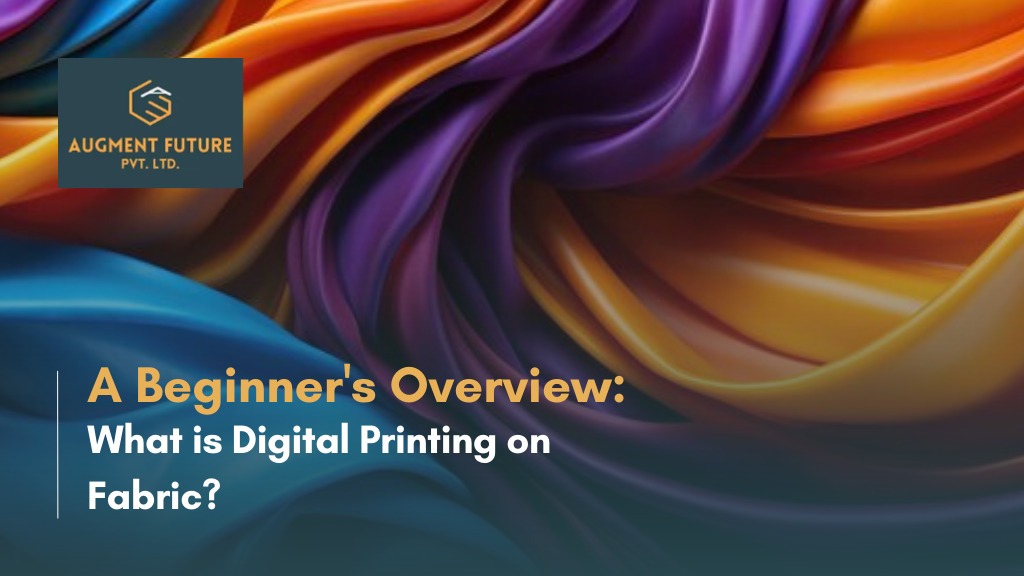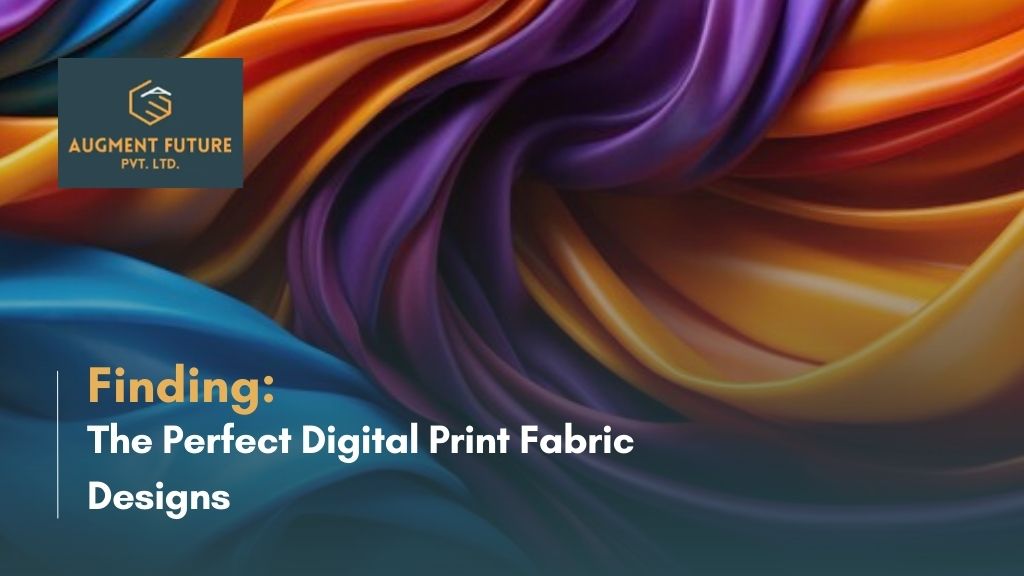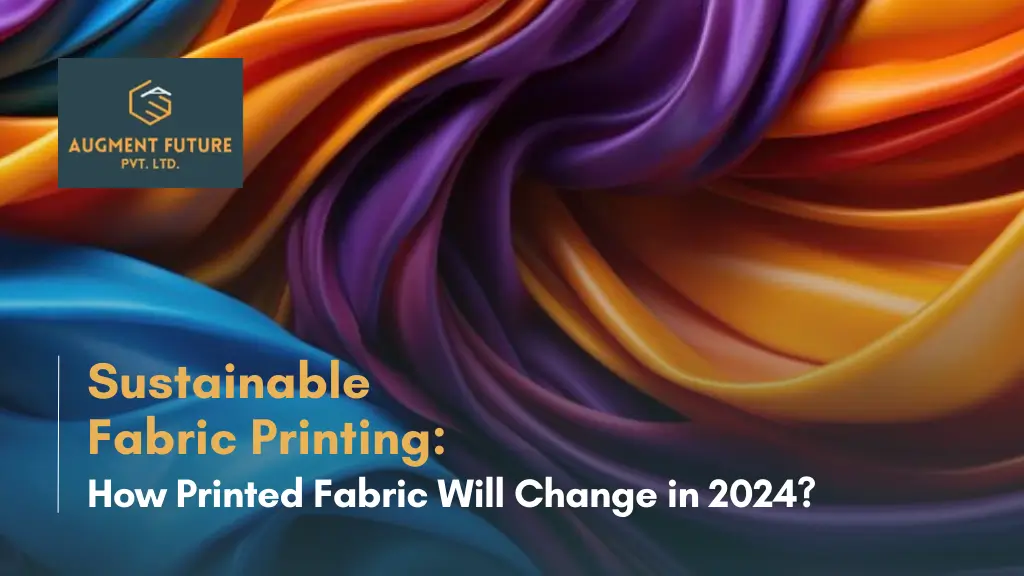Digital printing has revolutionized the world of design, offering a wide range of options and possibilities. However, with so many design types available, it can be challenging to determine which one is best suited for your needs. In this article, we will explore the various types of designs for digital printing and discuss their advantages and disadvantages. Understanding these different design options will help you make an informed decision and ensure that your printed materials meet your expectations.
Understanding Digital Printing
The first step in choosing the right design type is to understand the basics of digital printing. Digital printing is a method of printing that transfers designs directly from a computer onto various materials, such as paper, fabric, or plastic. Unlike traditional printing methods, which involve creating printing plates, digital printing offers greater versatility and flexibility.
The Basics of Digital Printing
With digital printing, you can easily customize and modify designs, allowing for quick iterations and adjustments. Additionally, digital printing offers faster turnaround times and lower costs for small to medium-sized print runs. This makes it an ideal choice for businesses or individuals looking for high-quality prints without the need for large quantities.
The Evolution of Digital Printing
Over the years, digital printing technology has advanced significantly, offering even more design possibilities. Today, digital printers can reproduce complex designs with impressive colour accuracy and detail. Understanding the evolution of digital printing will help you appreciate the capabilities of different design types. Furthermore, digital printing has opened up new avenues for personalization and customization in the printing industry. With variable data printing capabilities, each printed piece can be tailored to specific recipients, making marketing materials more targeted and effective. This level of customization allows for unique designs that resonate with individual preferences and demographics. Another key development in digital printing is the integration of environmentally friendly practices. Many digital printers now use eco-friendly inks and materials, reducing the environmental impact of printing processes. By choosing digital printing methods that prioritize sustainability, businesses and individuals can contribute to a greener future while still achieving high-quality printed products.
Different Types of Digital Printing Designs
When it comes to digital printing designs, there are three main types to consider: vector designs, raster designs, and 3D designs. Let’s take a closer look at each one:
Vector Designs
Vector designs are created using mathematical formulas, resulting in images that are infinitely scalable without losing quality. This design type is ideal for logos, icons, and other graphics that require precise lines and shapes. Vector designs are resolution-independent, making them suitable for large-format prints such as banners or billboards.
One of the key advantages of vector designs is their ability to maintain crisp edges and clarity regardless of size. This makes them a popular choice for businesses looking to create branding materials that need to be reproduced in various sizes without any loss of quality. Additionally, vector files are typically smaller in size compared to raster files, making them easier to work with and share.
Raster Designs
Raster designs, on the other hand, are composed of individual pixels and are resolution-dependent. This means that the quality of the image is determined by the number of pixels per inch (PPI). Raster designs are commonly used for photographs or complex illustrations where fine details and texture are important. However, they may not be suitable for enlargements or large-format prints.
When working with raster designs, it’s crucial to start with high-resolution images to ensure the best possible output. Scaling up a raster image can lead to a loss of quality and pixelation, so it’s important to consider the final size of the print before choosing this design type. Despite their limitations in scalability, raster designs excel in capturing intricate details and realistic textures, making them a go-to choice for many graphic designers and photographers.
3D Designs
3D designs, as the name suggests, add depth and dimension to printed materials. Using specialized software, designers can create three-dimensional models that can be printed using digital printers. 3D designs are perfect for creating prototypes, architectural models, or customized objects. This design type offers endless possibilities for creativity and innovation.
With advancements in 3D printing technology, the integration of 3D designs into digital printing has opened up new avenues for product development and visualization. From intricate jewelry pieces to lifelike figurines, 3D printing allows designers to bring their ideas to life in ways that were previously unimaginable. The ability to prototype and iterate quickly with 3D designs has revolutionized industries such as manufacturing, healthcare, and entertainment, paving the way for a new era of design possibilities.
Factors to Consider When Choosing a Design Type
Now that we have explored the different design types, let’s discuss the factors you should consider when selecting the most suitable option for your project:
Your Project’s Purpose
Understanding the purpose of your project is crucial in determining the appropriate design type. For example, if your goal is to create a professional logo that will be used across various platforms, a vector design would be the best choice due to its scalability and versatility. On the other hand, if you are printing a high-quality photograph or artwork, a raster design may be more suitable to preserve the intricate details.
The Quality You’re Aiming For
The level of quality you want to achieve is another important consideration. Vector designs offer sharp and clean lines, ideal for crisp and professional-looking prints. Raster designs, on the other hand, excel in reproducing intricate details and gradients. The quality you desire will depend on the final application of your printed materials.
Your Budget
Cost is an essential factor to consider when choosing a design type. Vector designs are typically more affordable since they require less processing power and can be scaled up or down without losing quality. Raster designs may require higher-resolution files and more processing time, which can impact the overall cost. 3D designs, being more complex, often come with additional expenses such as specialized software or printing materials.
However, budget considerations go beyond just the initial design phase. It’s important to think about the long-term costs as well. For example, if you choose a vector design, you may have more flexibility in terms of resizing and reusing the design in the future, which can save you money on future projects. On the other hand, if you opt for a raster design, you may need to recreate the design at a higher resolution if you decide to use it for larger prints or different applications.
Additionally, it’s worth considering the potential return on investment (ROI) of your design choice. A well-designed and visually appealing logo or artwork can have a significant impact on your brand’s image and customer perception, which can ultimately lead to increased sales and business growth. While it may require a higher upfront investment, the long-term benefits can outweigh the initial cost.
Pros and Cons of Each Design Type
Advantages and Disadvantages of Vector Designs
Advantages:
- Scalability without loss of quality
- Sharp and clean lines
- Versatile for various applications
Disadvantages:
- Cannot reproduce complex textures or gradients
- It may not be suitable for realistic images or photographs
When it comes to vector designs, one of the greatest advantages is their ability to scale without any loss of quality. This means that no matter how much you enlarge or reduce the size of a vector image, it will always maintain its sharpness and clarity. This makes vector designs perfect for projects that require different sizes, such as logos that need to be used on both business cards and billboards.
Additionally, vector designs are known for their clean lines. Unlike raster designs, which are made up of individual pixels, vector graphics are created using mathematical equations. This results in smooth and precise lines, making vector designs ideal for illustrations, diagrams, and typography.
However, vector designs do have their limitations. One major disadvantage is their inability to reproduce complex textures or gradients. Since vector graphics are made up of solid shapes and colours, they are not well-suited for intricate details or realistic shading. If your project requires a design with a lot of texture or gradient effects, you may need to consider using raster designs instead.
Furthermore, vector designs may not be the best choice for realistic images or photographs. While vector graphics can represent simple shapes and colours accurately, they struggle to capture the nuances and complexities of real-life objects. If your project heavily relies on lifelike visuals, you might want to explore other design options.
Pros and Cons of Raster Designs
Pros:
- Ability to reproduce intricate details and textures
- Ideal for realistic images or photographs
Cons:
- Resolution-dependent, limiting scaling options
- Larger file sizes
Unlike vector designs, raster designs excel at reproducing intricate details and textures. Since raster graphics are composed of individual pixels, they can capture the smallest nuances and create realistic-looking images. This makes raster designs perfect for projects that require lifelike visuals, such as photo editing or digital painting.
However, raster designs have their drawbacks. One major disadvantage is their resolution-dependency, which limits scaling options. Raster graphics are made up of a fixed number of pixels, so when you enlarge a raster image, the individual pixels become more visible, resulting in a loss of quality. This means that raster designs are not as versatile as vector designs when it comes to resizing.
Another drawback of raster designs is their larger file sizes. Since raster graphics store information about each individual pixel, they tend to take up more storage space compared to vector graphics. This can be a concern if you are working with limited storage capacity or need to transfer large files over the internet.
Benefits and Drawbacks of 3D Designs
Benefits:
- Ability to create three-dimensional objects or prototypes
- Offers endless opportunities for creativity and innovation
Drawbacks:
- Higher costs due to specialized software and printing materials
- Requires more time and expertise in designing and printing
When it comes to 3D designs, the benefits are truly remarkable. One of the main advantages is the ability to create three-dimensional objects or prototypes. This opens up a world of possibilities, especially in industries such as architecture, product design, and animation. With 3D designs, you can visualize and bring to life ideas that were once confined to the realm of imagination.
Furthermore, 3D designs offer endless opportunities for creativity and innovation. The ability to manipulate objects in three-dimensional space allows designers to experiment with unique shapes, textures, and perspectives. This can result in visually stunning and captivating designs that leave a lasting impression on viewers.
However, it’s important to consider the drawbacks of 3D designs as well. One significant drawback is the higher costs associated with specialized software and printing materials. Creating and rendering 3D designs often requires powerful software tools and hardware, which can be expensive to acquire and maintain. Additionally, if you plan to bring your 3D designs into the physical world through 3D printing or other manufacturing processes, the costs can further increase.
Moreover, working with 3D designs requires more time and expertise in both designing and printing. The intricacies of 3D modeling and rendering can be complex, requiring a steep learning curve for designers. Additionally, the printing process for 3D designs can be time-consuming and may require multiple iterations to achieve the desired result.
Ultimately, the best design type for your digital printing project will depend on your specific needs and requirements. By considering factors such as purpose, quality, and budget, you can make an informed decision and ensure that your printed materials achieve the desired impact. Whether you choose a vector, raster, or 3D design, digital printing technology offers endless possibilities to bring your vision to life.
Augment Future and Digital Print Fabric
In the realm of textile design, digital print fabric represents a significant leap forward, allowing for unprecedented creativity and precision. The future of fabric printing is undoubtedly digital, as it offers designers the ability to experiment with intricate patterns, vibrant colours, and complex motifs that traditional methods simply cannot achieve. Augmenting the future of fashion and home décor, digital printing enables rapid prototyping and customization, catering to the unique tastes and preferences of individual consumers. This technology also minimizes waste, making it an eco-friendly alternative to conventional printing processes, aligning with the growing demand for sustainable fashion.
Moreover, the versatility of digital print fabric is transforming industries beyond fashion, such as interior design and art. With the ability to print on a variety of materials, from cotton to silk, designers can create bespoke upholstery, curtains, and even wall art that reflect their clients’ personal style. This adaptability not only enhances the aesthetic appeal but also broadens the scope of creative possibilities. As digital printing technology continues to evolve, it promises to further revolutionize the way we think about fabric design, making it more accessible, customizable, and sustainable than ever before.
Augment Future specializes in harnessing the potential of digital printing technology to create vibrant and versatile fabric designs. With a commitment to innovation and quality, Augment Future leverages state-of-the-art digital printing techniques to cater to a diverse range of design preferences and market demands. Their expertise lies in translating intricate patterns, bold colours, and detailed graphics onto various fabric types, ensuring each piece maintains its clarity and vibrancy. Whether it’s replicating traditional motifs or exploring contemporary trends, Augment Future Pvt Ltd excels in delivering custom-designed fabrics that elevate fashion, interiors, and beyond. Their dedication to precision and creativity makes them a trusted partner for anyone seeking bespoke digital print solutions tailored to their unique vision and requirements.
